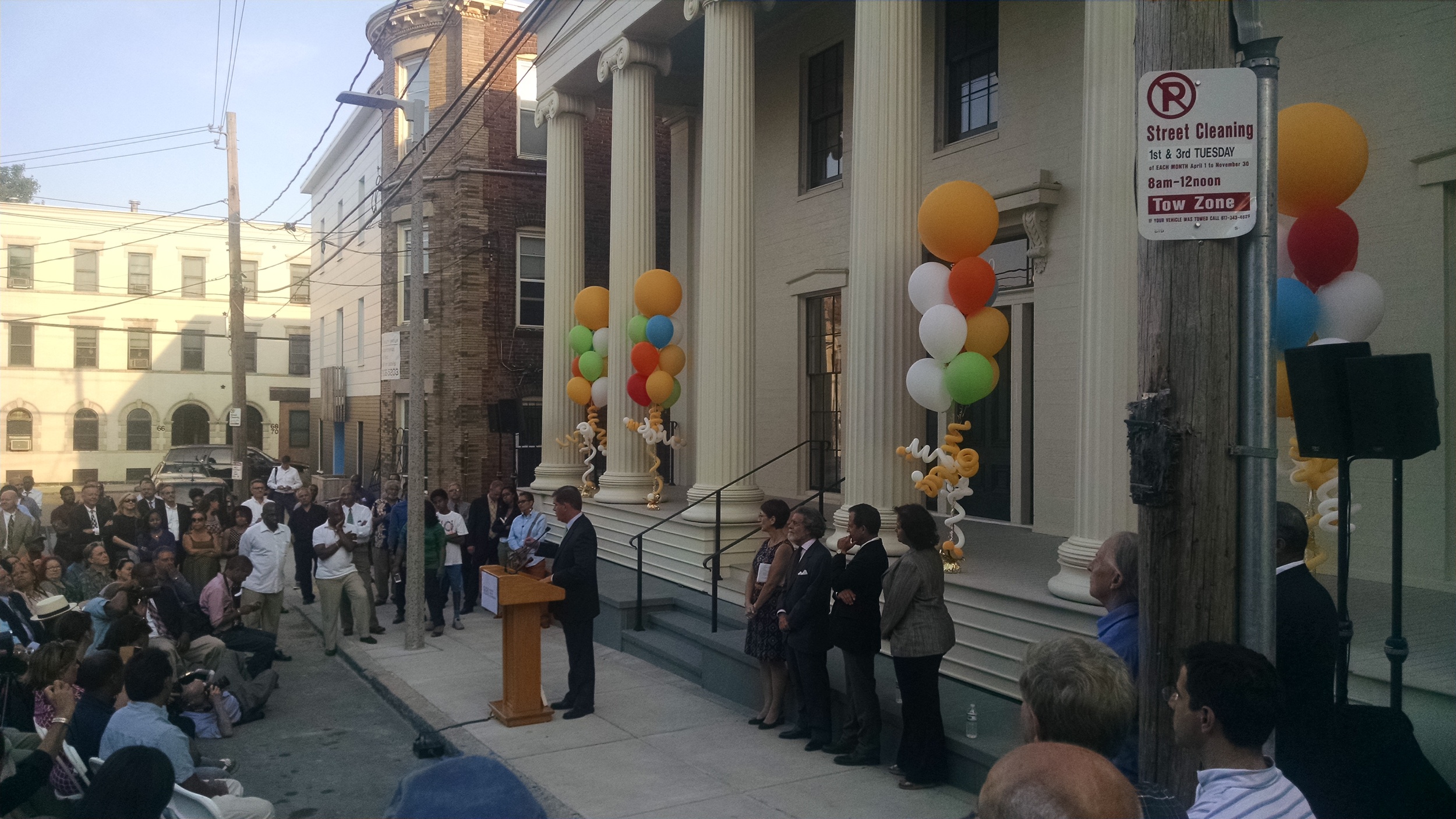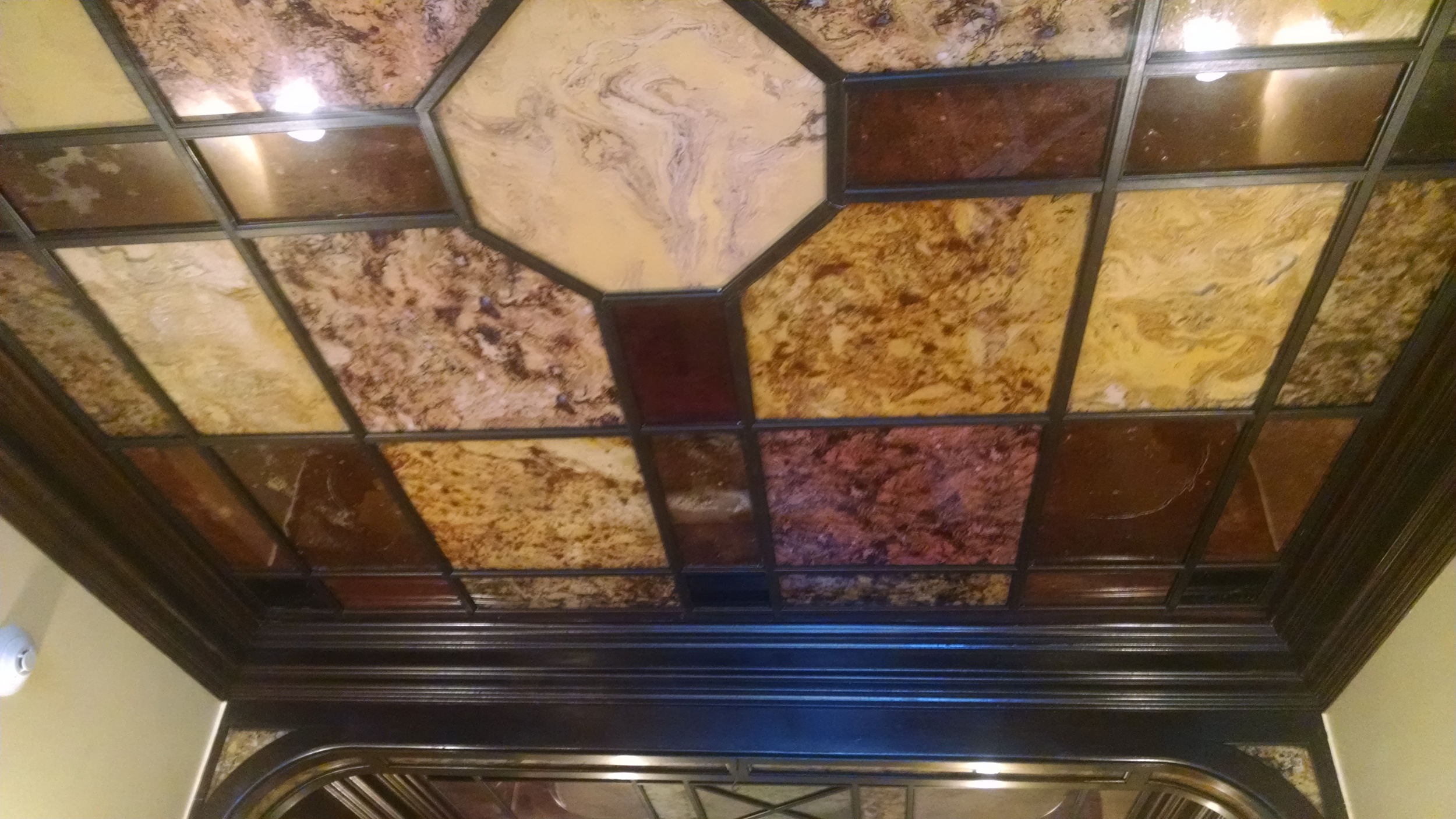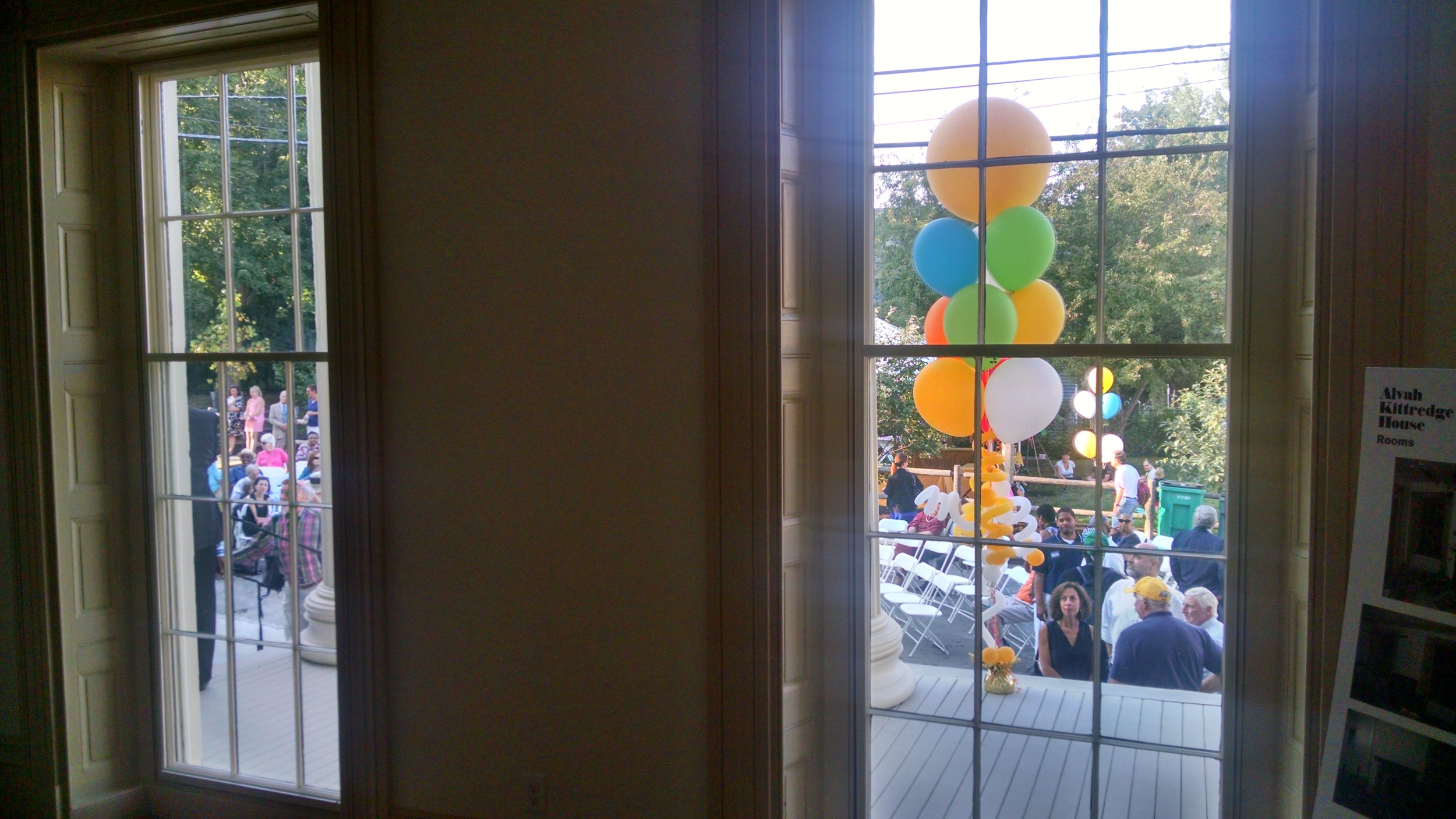First post in a long while, but I couldn't miss this.
The Boston Globe has a nice write-up of the Boston Public Library's "We are One" exhibition that features 4 watercolors painted by Lt. Richard Williams of the British Army during the Siege of Boston. One of the paintings shows Fort Hill, including the meeting house (First Church in Eliot Square) and "Rebel Lines."
The website has a zoomable version of the painting, but you should really go down to the BPL to check it out for yourself if you can.
A screen grab of the Roxbury portion of the watercolor series. #6 is the First Church in Eliot Square, and #7 is the "Rebel Lines," showing the upper and lower forts (visible only as a continuous set of walls) that guarded the road to Cambridge and Dedham.
Here's the full info, cribbed from the BPL site:
We Are One: Mapping America’s Road from Revolution to Independence
Central Library in Copley Square (McKim Exhibition Hall)
May 2 to November 29, 2015
Monday–Thursday: 10 a.m.–7 p.m., Friday–Saturday:10 a.m.–5 p.m.,
Sunday: 1–5 p.m.
Featuring 60 maps and 40 prints, paintings and objects, this major gallery exhibition traces the American story from the French and Indian War to the creation of a new national government and the founding of Washington, D.C. as its home.
Organized by the Norman B. Leventhal Map Center, We Are One features treasures from the Boston Public Library, the British Library, Library of Congress, and others. Highlights include rare and historically significant items that have not been previously exhibited. Visit the exhibition web pageto view an online exhibition, browse Revolutionary War era maps, and explore related resources.
Exhibition Tours: Thursdays and Saturdays at 2 p.m. Free tours of the We Are One exhibition are offered twice weekly by volunteer tour guides (through October 15th). No reservation required for parties smaller than 8 people. A smart phone tour of the exhibition is available at www.bpl.org/mobiletours.



























